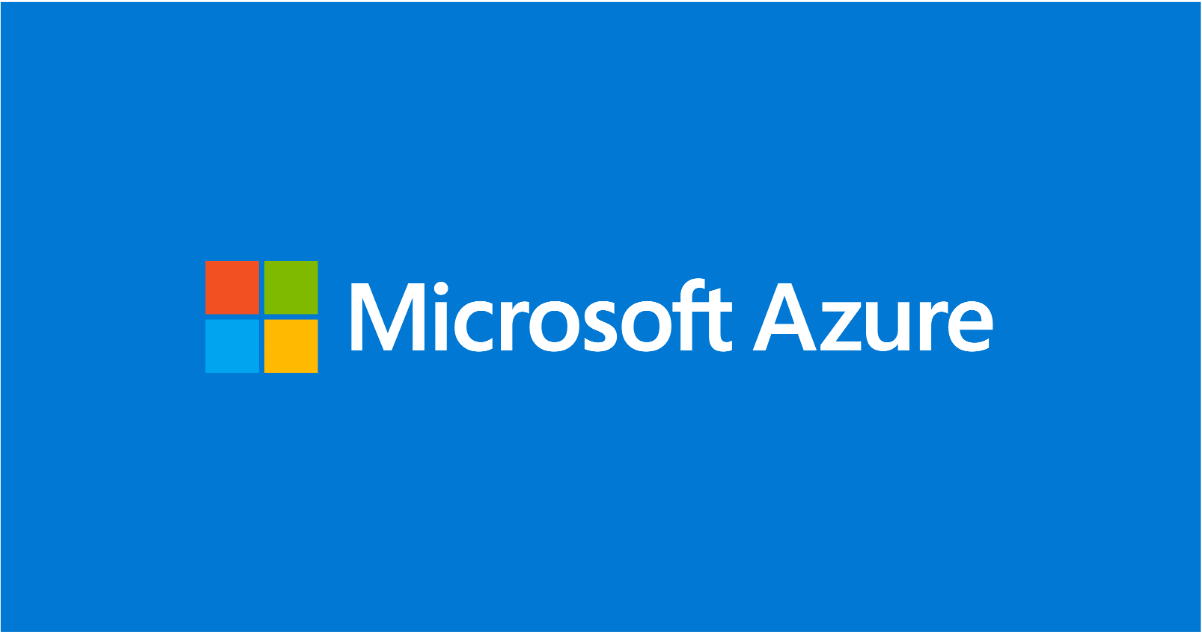Azure Elastic SAN for Azure VMware Solution: now Generally Available

Have you been looking to expand your storage on Azure VMware Solution (AVS), but do not need the extra compute performance and the associated costs that come with adding more nodes? Are you looking for a more cost-efficient alternative storage solution that is easy to set up and manage? If so, you will be as excited as we are to learn about the general availability of Azure Elastic SAN for AVS – out today!
Using Azure Elastic SAN to expand your storage
Azure Elastic SAN is Azure’s latest addition to our family of block storage products, unique in part because of its support for remote block storage (iSCSI) and cost-efficient provisioning model for deployment at scale. Because Azure VMware Solution supports attaching iSCSI datastores as a persistent storage option, you can create Virtual Machine File System (VMFS) datastores with Azure Elastic SAN volumes and attach them to clusters of your choice. By using VMFS datastores backed by Azure Elastic SAN, you can expand your storage with an Azure deployed, fully-managed and VMware Certified storage area network instead of scaling the clusters.
With this integration, we add an important tool for optimizing workloads, whether they are large-scale databases requiring high storage capacity, or performance-intensive, mission-critical applications. Not every application requires the performance of directly attached storage, and many workloads, like backup and disaster recovery use cases or other capacity intensive workloads, can benefit from a more cost-efficient extensible storage solution. Azure Elastic SAN can be deployed and connected straight from the Azure portal, and at $0.06-0.08 per GiB per month (based on current pricing in East US), it is the cheapest per GiB storage option for AVS, while still offering scalable performance for a variety of use cases.
How to optimize price-performance with Azure Elastic SAN
When setting up an Elastic SAN, you create a pool of resources that is shared among the “volumes” within the SAN. Each of these volumes can be exposed as a datastore to your AVS SDDC. While Elastic SAN volumes share the performance you provision at the SAN level, the individual volumes have their own performance limits (shown in table below). By design, the individual volume limit is high so we can accommodate traffic bursts on any given volume. If you require more than 80,000 IOPS, you could spread your workloads across multiple volumes, placing them on different datastores.
|
Elastic SAN |
Scale targets |
|
|
Volume/Datastore |
Elastic SAN |
|
|
Size |
64 TiB |
1 PiB |
|
IOPS |
80,000 |
2,000,000 |
|
Throughput |
1,280 MB/s |
80,000 MB/s |
|
Provisioning model |
Per GiB provisioning granularity |
Flexible model at TiB granularity |
The pool of resources for your Elastic SAN is built up out of 1 TiB units: “Base units” and “Capacity-only units”. Base units provide both storage capacity and performance, while Capacity-only units provide just storage capacity. In practice, you start adding Base units until you reach the desired level of performance, then in case your storage capacity requirements are not yet met, you can add additional Capacity-only units. Both units offer local (LRS) or zonal (ZRS) redundant storage, and are priced as follows:
|
Pricing Meter |
Unit |
Monthly Price per GiB* |
|
Premium LRS Base unit |
1 TiB, 5000 IOPS, 200 MB/s |
$ 0.08 |
|
Premium LRS Capacity only unit |
1 TiB, capacity only (no provisioned performance) |
$ 0.06 |
|
Premium ZRS Base unit |
1 TiB, 5000 IOPS, 200 MB/s |
$ 0.12 |
|
Premium ZRS Capacity only unit |
1 TiB, capacity only (no provisioned performance) |
$ 0.09 |
*Based on pricing in East US region as of 10/17/2024. Always refer to our pricing page for up-to-date details.
Get Started Today
By using Azure Elastic SAN for AVS, you get access to an Azure deployed, fully managed, VMware Certified storage area network (SAN) that can achieve massive scale, is easy to manage, and has redundancy built in at a low TCO. If you are looking for a native Azure Storage experience or you want to scale your storage capacity independently from your performance to get the lowest TCO and highest scale, get started with Azure Elastic SAN for AVS today!
Published on:
Learn moreRelated posts
Automating Business PDFs Using Azure Document Intelligence and Power Automate
In today’s data-driven enterprises, critical business information often arrives in the form of PDFs—bank statements, invoices, policy document...
Azure Developer CLI (azd) Dec 2025 – Extensions Enhancements, Foundry Rebranding, and Azure Pipelines Improvements
This post announces the December release of the Azure Developer CLI (`azd`). The post Azure Developer CLI (azd) Dec 2025 – Extensions En...
Unlock the power of distributed graph databases with JanusGraph and Azure Apache Cassandra
Connecting the Dots: How Graph Databases Drive Innovation In today’s data-rich world, organizations face challenges that go beyond simple tabl...
Azure Boards integration with GitHub Copilot
A few months ago we introduced the Azure Boards integration with GitHub Copilot in private preview. The goal was simple: allow teams to take a...
Microsoft Dataverse – Monitor batch workloads with Azure Monitor Application Insights
We are announcing the ability to monitor batch workload telemetry in Azure Monitor Application Insights for finance and operations apps in Mic...
Copilot Studio: Connect An Azure SQL Database As Knowledge
Copilot Studio can connect to an Azure SQL database and use its structured data as ... The post Copilot Studio: Connect An Azure SQL Database ...
Retirement of Global Personal Access Tokens in Azure DevOps
In the new year, we’ll be retiring the Global Personal Access Token (PAT) type in Azure DevOps. Global PATs allow users to authenticate across...
Azure Cosmos DB vNext Emulator: Query and Observability Enhancements
The Azure Cosmos DB Linux-based vNext emulator (preview) is a local version of the Azure Cosmos DB service that runs as a Docker container on ...